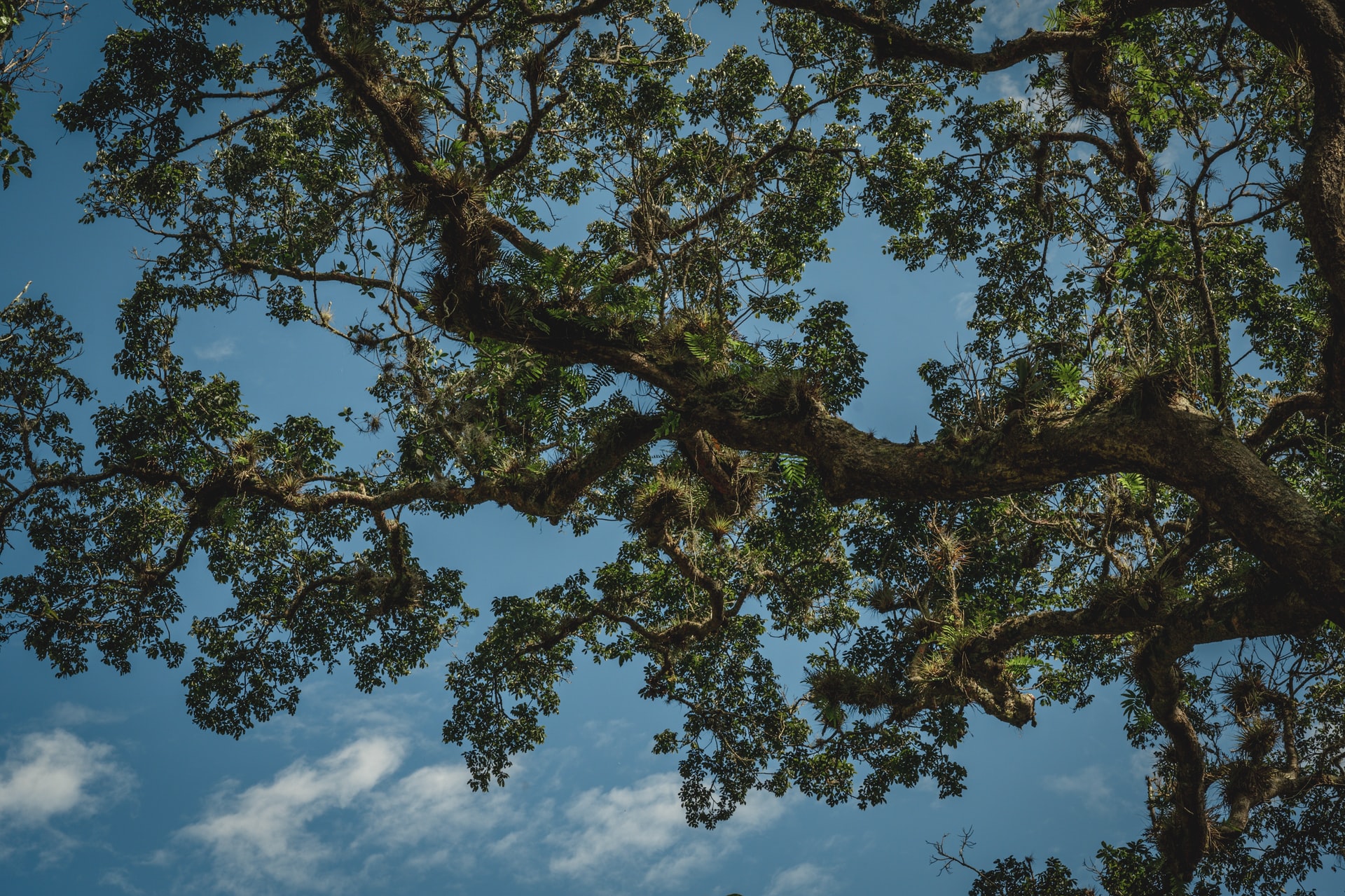OLD OAK TREES 'LEARN' TO RAISE CO2 ABSORPTION WHEN THERE’S MORE IN THE ATMOSPHERE, STUDY FINDS
OLD OAK TREES ADAPT TO INCREASING C02 IN THE ATMOSPHERE
Mature oak trees will increase their rate of photosynthesis by up to a third in response to the raised CO2 levels expected to be the world average by about 2050, new research shows. The results, published in Tree Physiology , are the first to emerge from a giant outdoor experiment, led by the University of Birmingham (England) in which an old oak forest is bathed in elevated levels of CO2.
Over the first three years of a ten-year project, the 175-year-old oaks clearly responded to the CO2 by consistently increasing their rate of photosynthesis. Researchers are now measuring leaves, wood, roots, and soil to find out where the extra carbon captured ends up and for how long it stays locked up in the forest.
Mature oak trees increase their rate of photosynthesis in response to increased CO2 levels, according to a new study published in Tree Physiology. The results are the first to emerge from a new outdoor experiment led by the University of Birmingham in which an old oak forest is bathed in elevated CO2 levels.
Over the first three years of the ten-year project, the 175-year-old oaks clearly responded to the CO2 by consistently increasing their rate of photosynthesis. The increase in photosynthesis was greatest in strong sunlight. The researchers predict that the oak trees will increase their rate of photosynthesis by up to a third in response to the raise CO2 levels expected to be the world average by about 2050.
Keeping the carbon to nitrogen ratio constant suggests that the old trees have found ways of redirecting their elements, or found ways of bringing more nitrogen in from the soil to balance the carbon they are gaining from the air. The researchers are now measuring leaves, wood, roots, and soil to find out where the extra carbon captured ends up and for how long it stays locked up in the forest.
